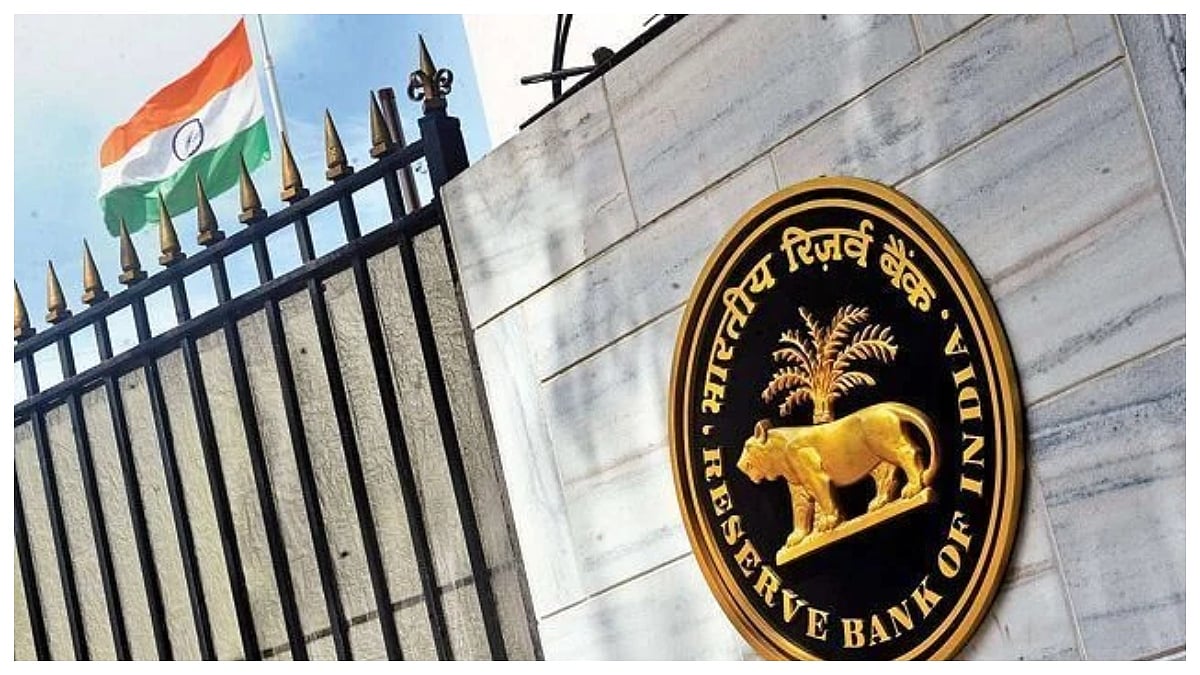Mumbai: The Reserve Bank of India (RBI) has introduced new rules for banks under the Liquidity Coverage Ratio (LCR) framework. These rules will come into effect from April 1, 2026, and are designed to strengthen the liquidity position of Indian banks.
Key Changes in Deposit Run-Off Rates
From April 2026, banks will need to apply an extra run-off rate of 2.5 per cent on deposits made by retail and small business customers if they use internet or mobile banking. This means that such deposits will be treated as more likely to be withdrawn quickly in times of stress.
Haircuts on Government Securities
Banks will also need to adjust the value of Government Securities they hold. These securities, which count as High-Quality Liquid Assets (HQLA), will now have haircuts (reductions in value) based on the margin rules under the Liquidity Adjustment Facility (LAF) and the Marginal Standing Facility (MSF). This is to make the valuation more realistic during stress periods.
Changes to Wholesale Funding Treatment
Another major update relates to how banks handle funding from non-financial entities like trusts, partnerships, LLPs, and others. Earlier, such funds were assumed to be fully withdrawn in stress (100 per cent run-off rate). Now, this has been lowered to 40 per cent, making it easier for banks to manage liquidity.
Smooth Transition Assured
To help banks prepare, the RBI has given two years before these rules are enforced. This time will be used to upgrade systems and processes for better LCR calculations. The changes follow a draft circular released in July 2024, and the final rules have been set after considering feedback from banks and stakeholders.
Positive Impact on Banking Sector
The RBI says that after testing the changes with bank data from December 31, 2024, it found that the overall LCR of banks could improve by 6 percentage points. All banks are still expected to meet the required minimum LCR. The changes are meant to make banks stronger without causing disruption.
These updates are part of RBI’s goal to keep Indian banks in line with global best practices under the Basel III framework and ensure they can handle financial stress better.
(With agency inputs)
